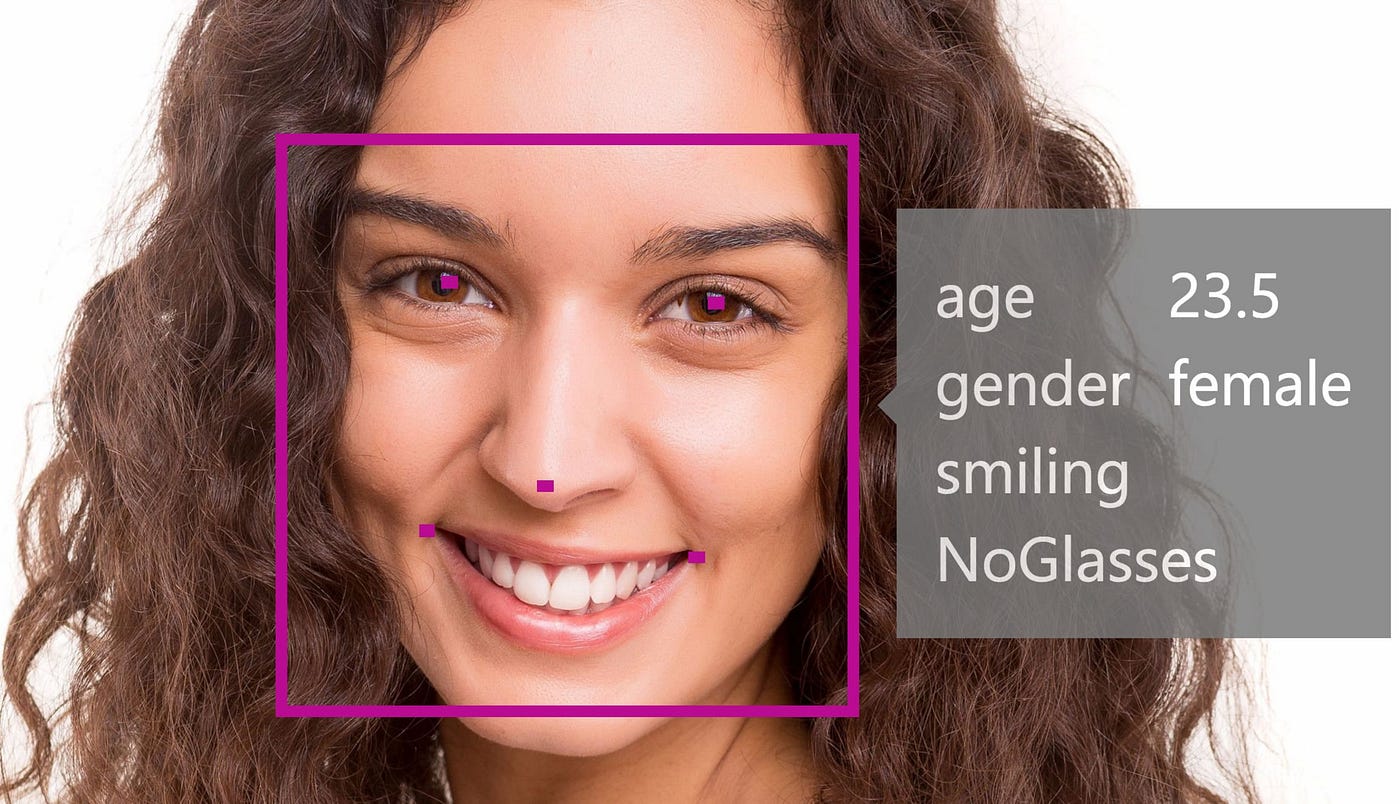Blogs-Archive
Here are the links to the blogs which are authored by me. These blogs are written from both business and technical perespectives. Also, the blogs contain complete code implementation and the link to the respective jupyter notebook.
-
Classification of fetal state using Cardiotocography data
Fetal Pulse Rate and Uterine Contractions (UC) are among the basic and common diagnostic techniques to judge maternal and fetal well-being during pregnancy and before delivery. By observing the Cardiotocography data doctors can predict and observe the state of the fetus. Therefore we’ll use CTG data and Machine Learning to predict the state of the fetus. Therefore we will use CTG data and Support Vector Machine to predict the state of the fetus.
-
COVID-19 Lung CT Scan Segmentation using Deep Learning: Response to the growing demand of radiologists during the pandemic
Currently, the demand for effective tools to diagnose COVID-19 patients is sky-rocketing. Hence, we need a feasible solution for detecting and labeling the infected tissues on CT scans of the chest images of the patients. This task is primarily a task of image segmentation.For the segmentation, we have used U-Net architecture. The U-Net is a Convolutional Neural Network (CNN) based architecture for fast and precise segmentation of the images. It has outperformed many traditional ways of segmenting images such as a sliding-window convolutional network.
-
AI in Retail: Product matching and dealing with duplicate products
E-commerce giants like Amazon, Walmart, and Wayfair are consistently dealing with the risk of product duplication in the catalog. There are millions of products listed on each giant platform. Wayfair alone has over 9 million unique items in its catalog. The products listed on these websites come from different suppliers and it’s has been observed that these suppliers sell the same product with different names and different prices. Here arises the risk of product duplication. To provide the customers with an amazing experience we need to group all the duplicate products into a single entity. We will be taking different images as input. These images will be passed as an input to the EfficientNet model, a Convolutional Neural Networks (CNN). Then these models output an image embedding corresponding to a particular image. The advantage of using EfficientNet architecture is that it doesn’t require the scaling or normalization of the input image. After getting the image embeddings, these image embeddings are used to identify similar images using the Nearest Neighbours technique.
-
Hard Hat Detection: Training YOLO on custom data to ensure safety in construction environments
Hard hats are one of the most effective protective tools and are used at all kinds of production sites, transportation sites, mining sites, and warehouses. We are well aware that human supervision is not possible at all these sites. Hence, a computer vision-based AI approach is used for the detection and monitoring of workers. Computer vision can be used to detect and identify whether a worker is wearing protective gear such as a safety helmet or not. In this blog, we have used YOLO v5 to detect hard hats which are being worn by the workers at a construction site, warehouse, transportation.
-
AI in Retail: Product matching and dealing with duplicate products
The total valuation of the global facial recognition market in 2020 was USD 3.86 Billion. With a compound annual growth rate (CAGR) of 15.4% from 2021 to 2028, the global facial recognition market is expanding. The utilization of this technology is evolving exponentially. Biometric technologies are widely utilized to improve security. These can be found in a variety of applications, including access control, attendance tracking, security and surveillance, and more. Facial attribute recognition comes under the category of biometrics and is a type of image recognition technology. This technology has been accepted worldwide by banks, non-public places, etc for security purposes. Facial attribute recognition involves taking an image as an input and then passing it through a CNN-based architecture to perform feature extraction, allowing the neural network to perform facial attribute recognition. The images passed through the neural networks are converted into an array first. These arrays are scaled and normalize for better generalization of the model in the real world. We tried to detect the attributes of the left eye, right, nose, and lips. A Convolutional Neural Network(CNN) based model was trained and used for prediction for the attributes recognition task. The last layers of the CNN model were used for regression purposes as our task was to predict 10 coordinates of the facial attributes.




